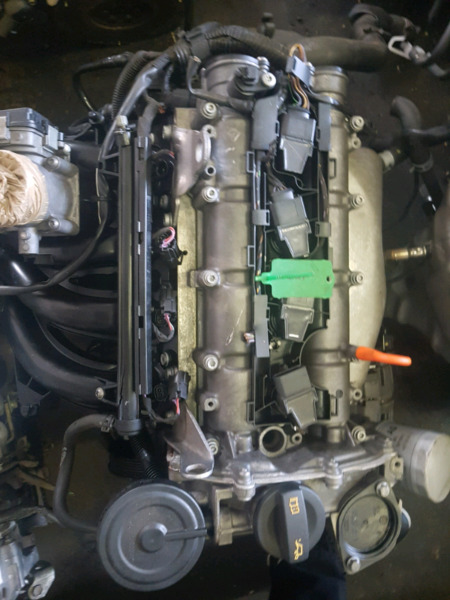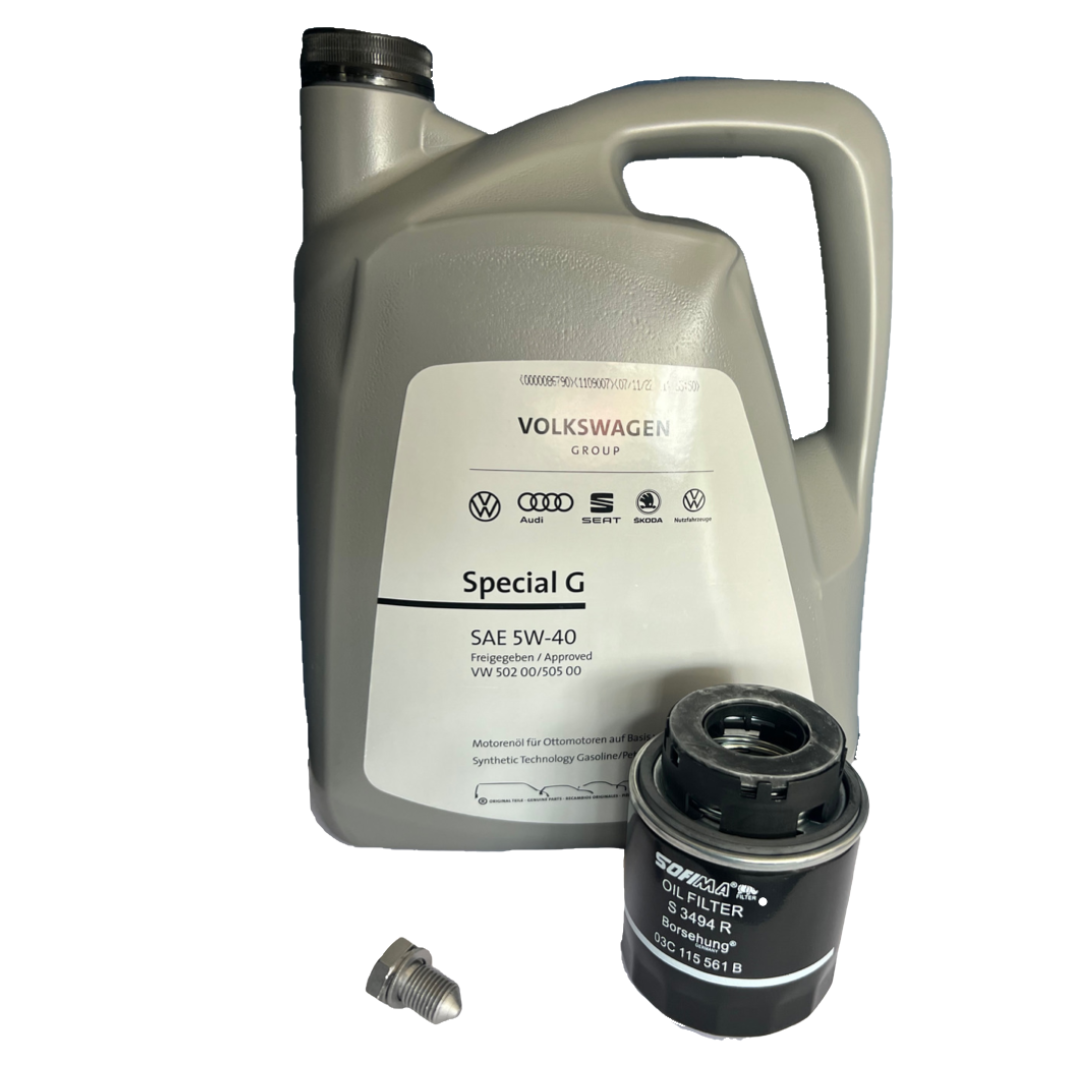Cut down maintenance costs with a well-built clp engine.
Cut down maintenance costs with a well-built clp engine.
Blog Article
Just How a Clp Engine Can Enhance Efficiency in Numerous Industries
The arrival of CLP engines notes a considerable shift in functional performance across different fields, driven by their ability to optimize gas intake and reduce downtime. As companies significantly prioritize sustainability together with effectiveness, the function of CLP engines comes to be also much more essential.
Summary of CLP Engines
CLP engines, or Continuous Fluid Propellant engines, stand for a substantial innovation in propulsion innovation, specifically for room applications. These engines use a constant feed system that permits the continual expulsion of propellant, causing enhanced efficiency and efficiency contrasted to typical strong or hybrid propulsion systems. By keeping a constant circulation of fluid propellant, CLP engines can achieve more precise drive control, which is vital for navigating spacecraft in various goal situations.
The design of CLP engines incorporates advanced products and innovative gas management systems. clp engine. This causes decreased weight and increased dependability, important variables for long-duration area missions. The continual operation lessens the risk of burning instability, a common difficulty in standard rocket engines.

Advantages in Production
The production of Continual Fluid Propellant (CLP) engines offers several notable advantages that boost both performance and cost-effectiveness. Among the main benefits is the streamlined production procedure, which minimizes the intricacy connected with conventional propulsion systems. By utilizing liquid propellant, suppliers can attain higher precision in engine efficiency, bring about maximized power outcome and decreased waste.
Additionally, CLP engines promote a greater degree of modularity, permitting less complicated assimilation into various production lines. This flexibility can dramatically reduce lead times and boost general operational adaptability. The usage of CLP innovation likewise tends to minimize the demand for considerable maintenance as a result of fewer relocating parts, which translates into reduced downtime and functional costs.

Applications in Logistics
Leveraging Continuous Liquid Propellant (CLP) engines in logistics offers considerable advantages in operational efficiency and reliability. These engines provide a robust service for different transport requirements, allowing the smooth motion of goods across vast ranges. The inherent layout of CLP engines permits for regular power outcome, which equates into smoother and extra predictable transportation schedules.
One of the vital applications of CLP engines in logistics remains in durable freight transport, discover here where they can drive both ground and airborne automobiles. Their capability to preserve high performance under differing tons problems guarantees that delivery timelines are fulfilled, therefore improving client fulfillment. Additionally, CLP engines can be incorporated into automated logistics systems, promoting real-time monitoring and enhancing route preparation.
Furthermore, the resilience of CLP engines reduces upkeep downtime, permitting logistics firms to maximize their functional abilities. This is particularly beneficial in warehousing procedures, where efficiency in taking care of and carrying goods is crucial. As logistics remains to advance, the integration of CLP engines stands for a forward-thinking method that not only improves efficiency however additionally supports the sector's growing demands for integrity and speed.
Influence On Energy Performance
How do Continual Liquid Propellant (CLP) engines improve power efficiency in transportation? CLP engines make click for more info use of a consistent circulation of fluid fuel, enhancing burning processes and preserving a secure thrust outcome. This layout lessens power losses associated with typical combustion engines, where fuel shipment can differ and lead to ineffectiveness.
The continual procedure of CLP engines allows for a much more reliable thermal cycle, resulting in higher particular impulse contrasted to standard engines. clp engine. This translates to decreased fuel usage for the very same quantity of work done, significantly lowering operational expenses throughout different transport fields, consisting of aviation and maritime industries
Furthermore, the capability of CLP engines to preserve ideal efficiency under varying load problems lowers the demand for constant velocity and slowdown, better improving fuel effectiveness. Enhanced energy performance not just contributes to set you back financial savings however additionally brings about decrease greenhouse gas exhausts, straightening with international sustainability objectives.
Future Trends and Innovations
Emerging improvements in Constant Liquid Propellant (CLP) engine technology promise to transform the landscape of transportation efficiency and sustainability. As sectors pivot towards greener options, CLP engines stand at the leading edge, find this integrating ingenious products and layout methods that enhance efficiency while minimizing environmental effect.
One of one of the most encouraging patterns is the adoption of crossbreed systems that incorporate CLP engines with renewable energy resources. This synergy can optimize gas usage and reduce exhausts, lining up with global sustainability objectives. Improvements in computational liquid dynamics (CFD) are facilitating the layout of more aerodynamically reliable engines, leading to decreased drag and boosted fuel performance.
Additionally, the growth of wise monitoring systems is set to improve operational performances. These systems leverage data analytics and IoT technology to enhance engine performance in real-time, making sure that the engines run within their most effective criteria.
As study remains to discover alternative propellant formulas-- such as biofuels and artificial fuels-- the future of CLP engines looks appealing. By using these developments, sectors can not just improve their effectiveness yet also add dramatically to a cleaner, more sustainable future in transport.
Verdict
Finally, CLP engines represent a considerable advancement in efficiency across several sectors. Their ability to optimize fuel usage and minimize functional prices, incorporated with a continuous feed system, enhances power output and operational integrity. The integration of sophisticated materials and fewer moving parts lessens upkeep demands, while placement with sustainability objectives placements CLP engines as a pivotal modern technology for the future. Proceeded technology in this field promises further improvements in efficiency and environmental performance.
Report this page